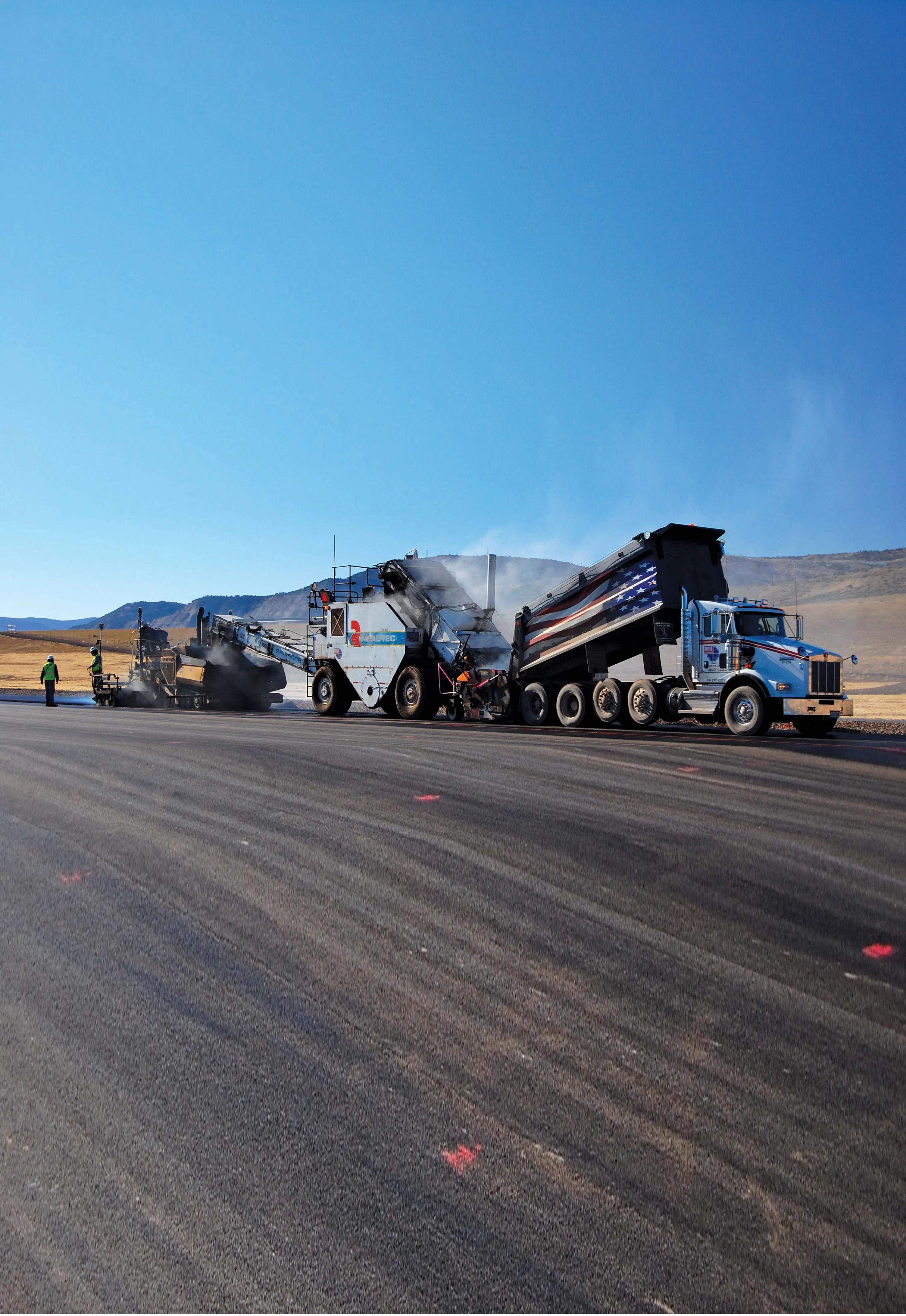
It has been developed by regional water firm United Utilities to improve the job of laying asphalt after roads have been dug up to carry out repairs.
The app addresses the tricky task of measuring and controlling the amount of air contained within the final reinstatement.
According to United Utilities, most technical elements of highway reinstatement can be controlled by skilled operatives, except air void levels. This is an area that is almost impossible to control and measure while teams are working onsite and instead, it is usually tested retrospectively after the asphalt has been laid, through sampling and testing. But this approach is time consuming and inefficient.
The firm developed the easy-to-use app for teams to use during reinstatement. After answering a series of questions and following specific instructions, the tool calculates the air voids in the asphalt that has been laid.
Results from initial two months' usage showed teams using the app achieved 100% compliance from their work and much improved air void levels.









